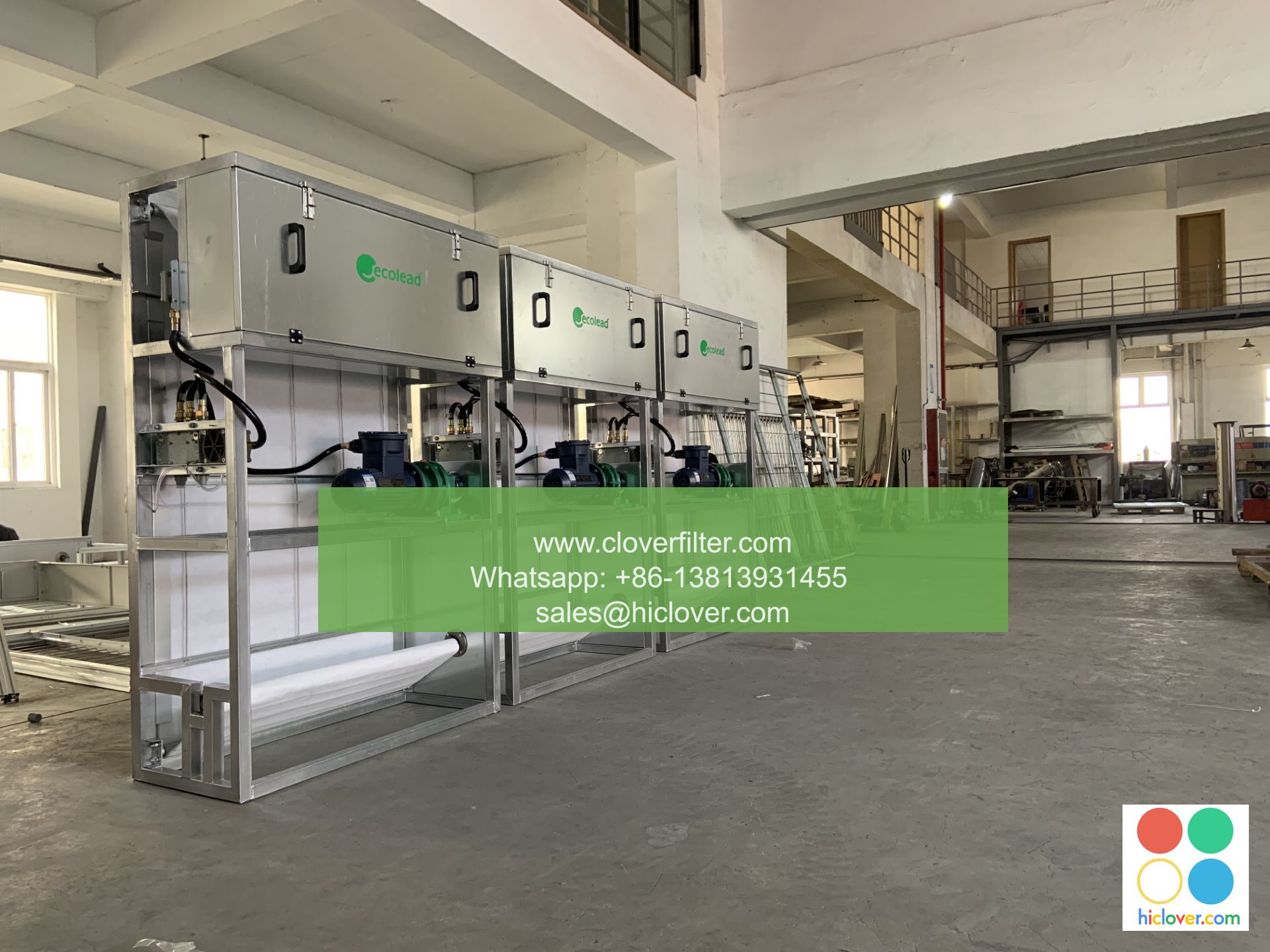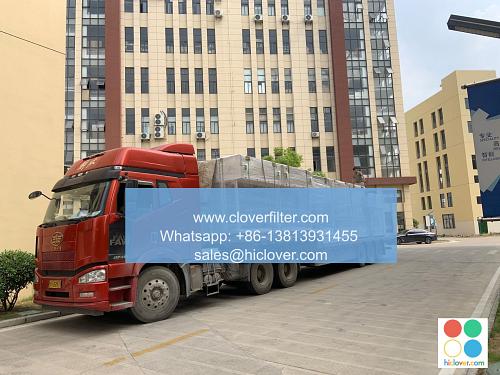* DIY guides for upgrading or replacing air filters

Proper air filtration is essential for maintaining good indoor air quality, reducing energy consumption, and prolonging the lifespan of your heating, ventilation, and air conditioning (HVAC) system. In this article, we will provide you with comprehensive DIY guides for upgrading or replacing air filters in various application areas, including residential HVAC systems, commercial air purification systems, and industrial air quality control systems.
##
Types of Air Filters and Their Applications
Before we dive into the DIY guides, it’s essential to understand the different types of air filters and their applications. The most common types of air filters include:
* HEPA (High Efficiency Particulate Air) filters: Designed to capture 99.97% of particles as small as 0.3 microns, making them ideal for residential HVAC systems and commercial air purification systems.
* Activated Carbon filters: Effective in removing odors, gases, and chemicals from the air, making them suitable for industrial air quality control systems and commercial kitchen ventilation systems.
* Pre-filters: Designed to capture larger particles and protect more efficient filters downstream, making them a great option for industrial dust collection systems and commercial air handling units.
##
DIY Guide for Replacing Air Filters in Residential HVAC Systems
Replacing air filters in residential HVAC systems is a relatively simple process that can be done with basic tools. Here’s a step-by-step guide:
1. Turn off the power to the HVAC system at the circuit breaker or fuse box.
2. Locate the filter and remove any screws or clips holding it in place.
3. Pull out the old filter and dispose of it properly.
4. Inspect the filter housing for any debris or dirt and clean it out with a soft brush or vacuum.
5. Install the new filter and secure it with screws or clips.
6. Turn on the power to the HVAC system and check for any air leaks.
##
DIY Guide for Upgrading Air Filters in Commercial Air Purification Systems
Upgrading air filters in commercial air purification systems requires a bit more expertise and specialized tools. Here’s a step-by-step guide:
1. Shut down the system and disconnect the power supply.
2. Locate the filter housing and remove any screws or clips holding it in place.
3. Remove the old filter and inspect the filter housing for any debris or dirt.
4. Clean the filter housing with a soft brush or vacuum and apply a filter sealant to prevent air leaks.
5. Install the new filter and secure it with screws or clips.
6. Reconnect the power supply and turn on the system, checking for any air leaks or issues.
##
DIY Guide for Replacing Air Filters in Industrial Air Quality Control Systems
Replacing air filters in industrial air quality control systems requires specialized tools and expertise. Here’s a step-by-step guide:
1. Shut down the system and disconnect the power supply.
2. Locate the filter housing and remove any screws or clips holding it in place.
3. Remove the old filter and inspect the filter housing for any debris or dirt.
4. Clean the filter housing with a soft brush or vacuum and apply a filter sealant to prevent air leaks.
5. Install the new filter and secure it with screws or clips.
6. Reconnect the power supply and turn on the system, checking for any air leaks or issues.
##
Conclusion
Upgrading or replacing air filters is a crucial maintenance task for maintaining good indoor air quality, reducing energy consumption, and prolonging the lifespan of your HVAC system. By following these DIY guides and using the right air filter types and air purification systems, you can improve the air quality in your residential, commercial, or industrial space. Remember to always follow safety precautions and consult the manufacturer’s instructions when working with air filters and HVAC systems. It seems like you forgot to include the prompt. Could you please provide more details or clarify what you need help with? I’m here to assist you with any questions or topics you’d like to discuss.

